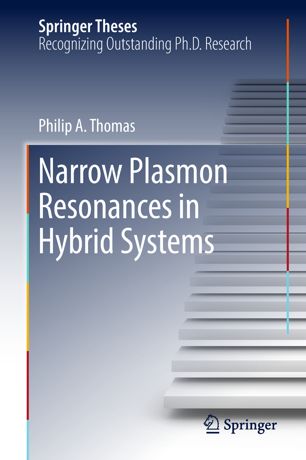

Most ebook files are in PDF format, so you can easily read them using various software such as Foxit Reader or directly on the Google Chrome browser.
Some ebook files are released by publishers in other formats such as .awz, .mobi, .epub, .fb2, etc. You may need to install specific software to read these formats on mobile/PC, such as Calibre.
Please read the tutorial at this link: https://ebookbell.com/faq
We offer FREE conversion to the popular formats you request; however, this may take some time. Therefore, right after payment, please email us, and we will try to provide the service as quickly as possible.
For some exceptional file formats or broken links (if any), please refrain from opening any disputes. Instead, email us first, and we will try to assist within a maximum of 6 hours.
EbookBell Team

4.4
22 reviewsAdvances in understanding the interactions between light and subwavelength materials have enabled the author and his collaborators to tailor unique optical responses at the nanoscale. In particular, metallic nanostructures capable of supporting surface plasmons can be designed to possess spectrally narrow plasmon resonances, which are of particular interest due to their exceptional sensitivity to their local environment. In turn, combining plasmonic nanostructures with other materials in hybrid systems allows this sensitivity to be exploited in a broad range of applications.
In this book the author explores two different approaches to attaining narrow plasmon resonances: in gold nanoparticle arrays by utilising diffraction coupling, and in copper thin films covered by a protective graphene layer. The performance of these resonances is then considered in a number of applications. Nanoparticle arrays are used along with an atomic heterostructure as elements in a nanomechanical electro-optical modulator that is capable of strong, broadband modulation. Strong coupling between diffraction-coupled plasmon resonances and a gold nanoparticle array and guided modes in a dielectric slab is used to construct a hybrid waveguide. Lastly, the extreme phase sensitivity of graphene-protected copper is used to detect trace quantities of small toxins in solution far below the detection limit of commercial surface plasmon resonance sensors.